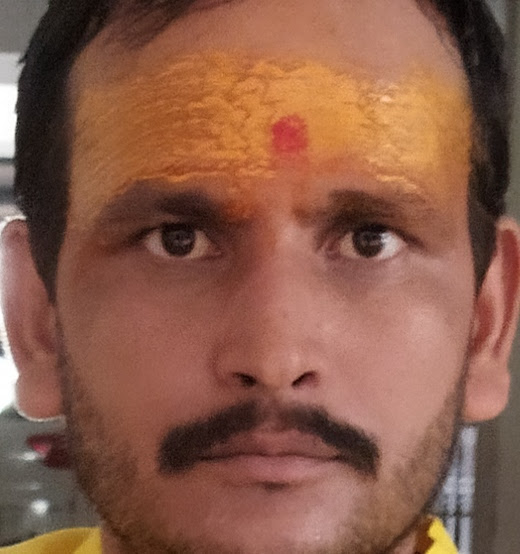Mundan ritual
For Hindus, a mundan, or tonsuring, is a significant ritual. Other names for it include chaula and choodakarana. Mundan removes the baby's first hair, often known as the birth hair.
Additionally, some Sikhs execute the kesi dahi rite, while Muslims also shave or clip the baby's hair. This is accomplished by placing curd in the newborn boy baby's hair.
The mundan is carried out among Hindus in a child's first or third year of life. The mundan is exclusively performed for the male child in some regions. But most households also have a mundan for the females.
What is the purpose of a mundan?
Most societies believe that giving a child their first haircut, known as a mundan, will purify them. Many people also think that a mundan
(1) Frees the infant from the negativity of his past lives
(2) Bestows a long life and a good future
(3) Protects the child from the evil eye
(4) Cleanses the infant's body and soul
(5) Keeps the infant's head cool, especially in the hot summer months
(6) Assists in relieving headache and teething pains
(7) Enhances the baby's hair growth
How is a mundan conducted?
On a certain day, at an auspicious hour, the mundan is done. Based on the time of the birth, a priest determines the day and time.
A priest performs a havan or homam. The mother is seated with the kid on her lap and is facing the sacred fire in the west. While reciting holy songs, the priest trims the child's hair in a particular area. The remaining hair is then removed by the barber. In some households, the father administers the first ritual in place of the priest.
Holy Ganga water is used to wash the shaved head. Then a paste made of sandalwood and turmeric is applied. This concoction is thought to calm the head and hasten the healing of any cuts and scrapes. Either a god or a holy river like the Ganga receive the shaven hair as an offering. Your priest might suggest another method for getting rid of the hair.
A tuft of hair is sometimes left on the head in certain cultures. Shikha is claimed to shield the brain.
Where can I hold my baby's mundan ceremony?
Every household has unique customs for carrying out the mundan. Some people carry out the ritual at home, asking the priest and family members to bless the kid. After their priest designates a favourable moment, other people could beg the barber to return home. Nowadays, many parents decide to bring their kids to a salon or beauty parlour. Numerous salons provide distinctive mundan haircuts.
For their child's first haircut, some families choose to take them to a sacred location like a temple. Others might visit the Ganga or another sacred river's banks.
Advice for a safe Mundan
Make sure your baby has had a good night's sleep and a meal before the mundan. A baby that is irritable, hungry, and upset may be challenging to manage. When your baby's hair is being shaved during the ceremony, try to keep him or her entertained with a toy, book, or his favourite video.




